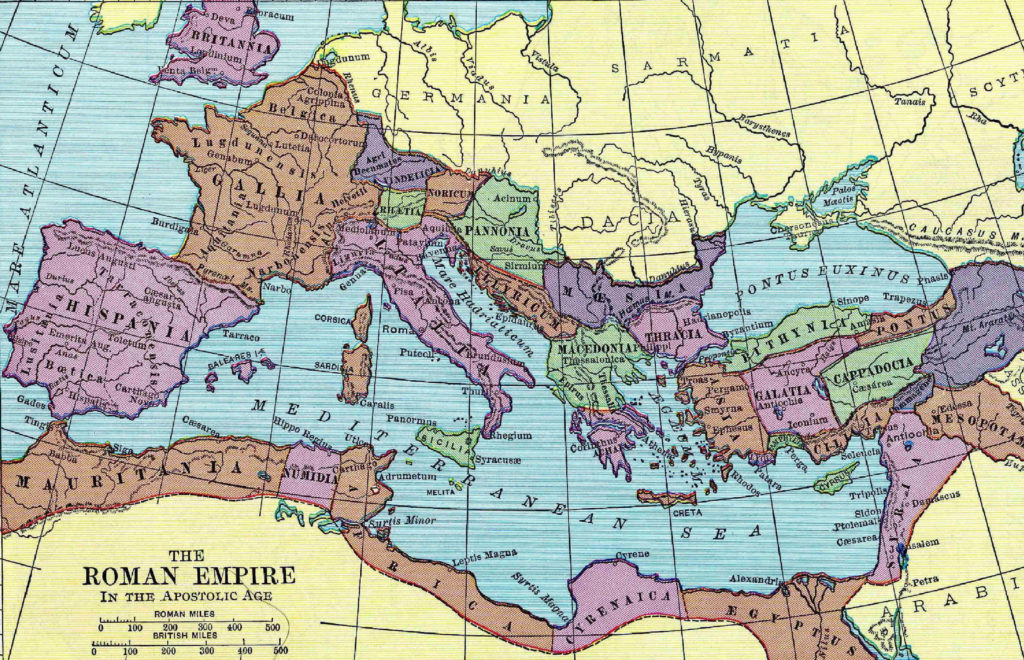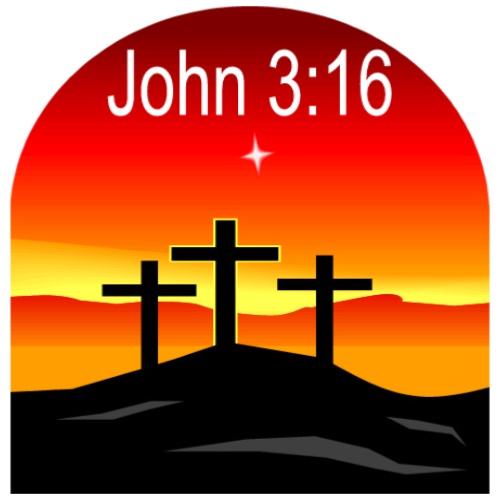Places of Interest
What were the important cities in early Christianity?

Click on the map to zoom in.
Alexandria, Egypt, was founded by Alexander the Great in 332 BC and quickly became the third largest city of the Roman Empire. For over a thousand years, Alexandria was known as a key historical, literary, and religious center of the ancient world. In the third century BC, the translation of the Septuagint from Hebrew and Aramaic into the Greek language was begun in this city. Mark the Evangelist (author of the Gospel of Mark) was the first bishop of the church at Alexandria and founded the city’s famous catechetical school, where Clement of Alexandria taught and was later succeeded by Origen, one of his pupils. In the fourth century, Athanasius the Great, the twentieth bishop of the church, was the first to list the 27 books of the New Testament canon that would later become part of the Bible we use today. Alexandria was also the hometown of the Gnostic teachers Basilides, Carpocrates, and Valentinus, prompting Clement of Alexandria and other area Christians to write extensively against their teachings.
Antioch, Greece, was the fourth largest city of the Roman Empire and the location where believers were first called Christians (Acts 11:26). Peter appointed Evodius to be the first bishop of this church, and he was succeeded by Ignatius. Theophilus of Antioch, not to be confused with the recipient of Luke’s writings, served as the sixth bishop of the church.
Caesarea, Israel, located on Israel’s northwest seacoast, was built by Herod the Great roughly 25 years before Christ. According to the Apostolic Constitutions, Zacchaeus, the tax collector mentioned in Luke, was the first bishop of the church at Caesarea; and Peter baptized Cornelius, the first Gentile Christian, in this city (Acts 10). Origin was ordained as a presbyter in Caesarea following his years at the Alexandrian school. Like Alexandria, Caesarea was famous for a library and theological school where several post-Nicene writers studied, including Jerome. The church historian Eusebius was a bishop at this church in the fourth century.
Carthage, North Africa, located in modern-day Tunisia, was an important trading center of the ancient world. After its destruction during the Third Punic War in 146 BC, Carthage was rebuilt by Julius Caesar and quickly became the second largest city in the Western half of the Roman Empire. Tertullian and Cyprian were the two key writers of the early church from this region, and Augustine spent a significant portion of his life here in the late 300s.
Corinth, Greece, was an ancient city refounded by Julius Caesar in 44 BC. A multicultural city, Corinth was home to Greeks, Romans, and Jews, and it was a key center of the imperial cult. The church at Corinth was established by Peter and Paul, and early bishops included Silas (Paul’s missionary partner) and Onesiphorus (Paul’s friend mentioned in 2 Timothy 1:16-18 and 4:19). Clement of Rome penned a lengthy epistle to the Corinthians (1 Clement), which was read alongside Paul’s two letters to the church.
Ephesus, Greece, was the second largest city of the Roman Empire during the time of the early church. Paul founded the church at Ephesus, and Timothy and Onesimus were its first two bishops. John resided in the city for a significant portion of his life, and both Paul and Ignatius wrote letters to the church.
Jerusalem, Israel, was the primary center of Christianity in the first century. James, the brother of Jesus, was bishop of the church at Jerusalem during the early years of Christianity. Around the middle of the century, Paul and Barnabas traveled to Jerusalem to meet with Peter, James, and the other apostles about their ministry to the Gentiles (Acts 15). James was martyred in AD 62, and the city fell to the Romans in AD 70.
Lyons, France, (then Lugdunum) was a region of intense persecution by the Romans during the time period of the early church. Irenaeus served in the church at Lyons and later became bishop after the martyrdom of Pothinus. The martyr Blandina was also from Lyons.
Rome, Italy, was the capital and largest city of the Roman Empire as well as a site of persecution under many of its emperors. Peter and Paul were both martyred in this city under Nero. In AD 64, the Great Fire of Rome burned two thirds of the city, and Nero blamed the Christians for the event, beginning 250 years of persecution. According to Irenaeus, Peter and Paul founded the church at Rome and made Linus the first bishop; and the early Christian writer Clement of Rome was the third bishop of the church. Other notable writers from Rome include Caius, Hippolytus, Justin Martyr, and Marcus Minucius Felix. Marcion of Sinope was also involved in the Roman church before being condemned as a heretic and removed from fellowship.
Smyrna, Greece, was an important port city of the Roman Empire. Irenaeus was from Smyrna, and Polycarp was one of the first bishops of the church. Ignatius wrote epistles to the church of Smyrna and to Polycarp.
Thessalonica, Greece, was the capital of the Roman province of Macedonia and one of the key centers of Christianity around AD 50. Paul established this church while on his second missionary journey, and he later wrote two epistles to the believers. Gaius was the first bishop of the church.
